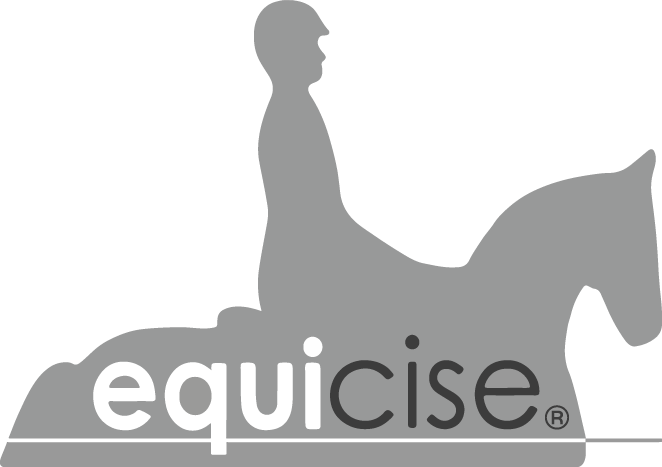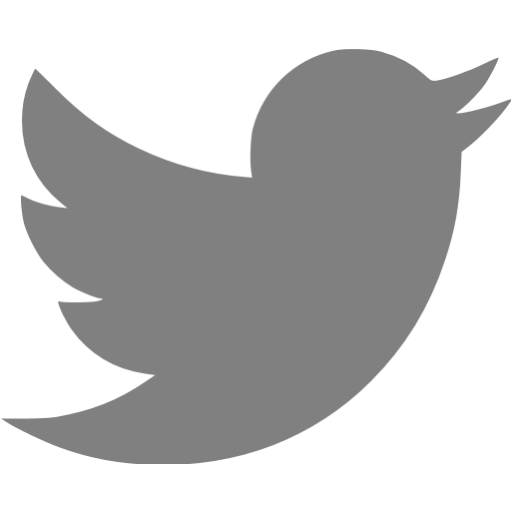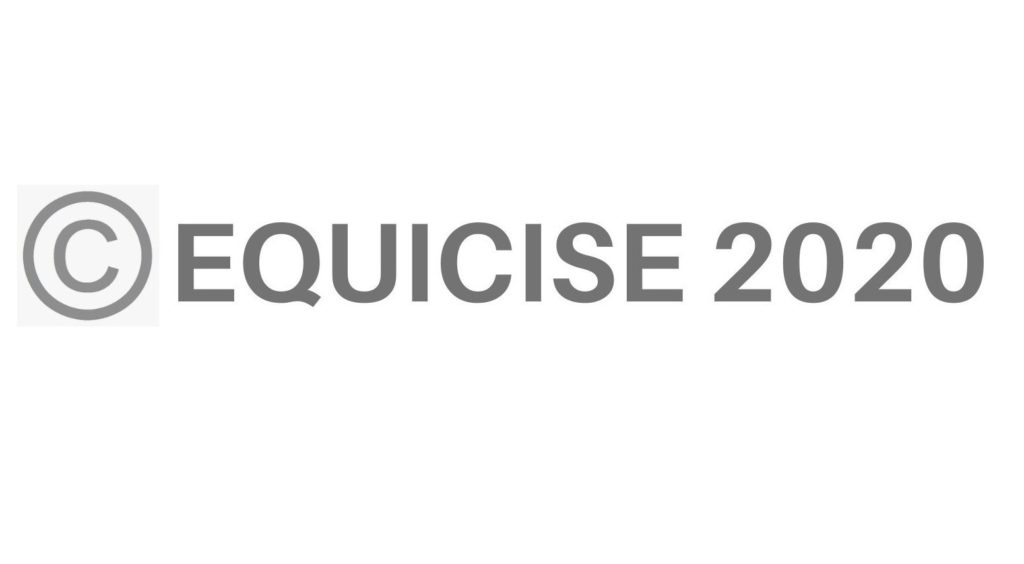19 Jun 2. Improving your upper body position
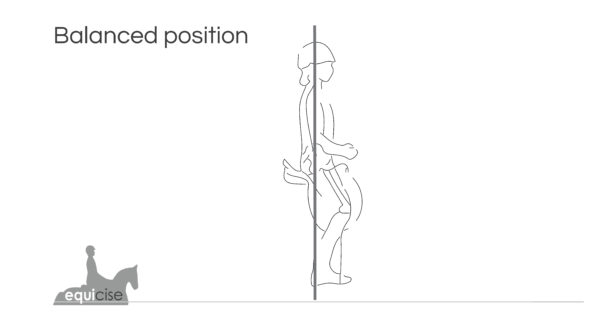
As we discussed in our first article, the ability to sit correctly is critical to good riding and a prerequisite both to allow you as a rider to make progress, whatever your goals, and to enable your horse to move correctly and achieve its full potential.
It is well understood that the correct position involves a straight line from ear to shoulder to hip to heel, such that you are effectively in a standing position. One way to assess your leg position when on horseback is to check if you can see your toe – if you can, your leg is too far forward, a common fault and something that practice will help you to correct.
And it is important, as if your leg is too far forward, you will be behind your horse’s movement and it may respond by spurting forward or slowing down. You may then tip forward in an attempt to rebalance, an action that clearly only makes things worse – the upper body should remain in a vertical position. In order to enable your pelvis and hips to absorb the horse’s movements, you should imagine lifting your rib cage upwards with a string attached to the top of your head pulling you upright. At the same time, your shoulders should be relaxed and down and your elbows bent so they can flex and absorb the movements of your horse and allow your hands to remain still.
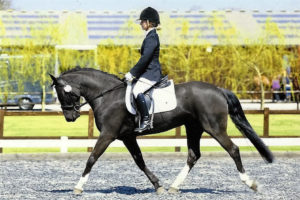 But while your hands should also be relaxed, you still need to hold the reins firmly – some people use the analogy of wet sponges, with the correct pressure ensuring you do not drop them, but also would not squeeze them dry. Your wrists should be straight and your thumb the highest point of your hand. You should have a straight line from your elbows to the horse’s mouth, but where you hold your hands will depend on your horse’s frame: they will be lower if your horse is stretching, higher if it is in a working frame and higher still if in a collected pace. In a later article we will discuss how to hold and use a whip without compromising your hand position or rein contact.
But while your hands should also be relaxed, you still need to hold the reins firmly – some people use the analogy of wet sponges, with the correct pressure ensuring you do not drop them, but also would not squeeze them dry. Your wrists should be straight and your thumb the highest point of your hand. You should have a straight line from your elbows to the horse’s mouth, but where you hold your hands will depend on your horse’s frame: they will be lower if your horse is stretching, higher if it is in a working frame and higher still if in a collected pace. In a later article we will discuss how to hold and use a whip without compromising your hand position or rein contact.
Keeping your balance in the correct position in all paces takes time to perfect and practice is the only way to ensure it becomes second nature – supplementing time spent on horseback with practice on an equine simulator can be very helpful. Once you have succeeded in adopting and maintaining the correct upper body position, you will see a noticeable improvement in your riding as well as in your horse’s performance.
The EQUICISE is a wonderful training tool that allows you to focus entirely on your riding without having to cope with the natural reactions of a real horse. Often when you are riding, you don’t realise that you are tilting forwards but, on the EQUICISE, you are able to use the mirrors on either side to check your position, while the mirrors in front and behind you can show whether or not you are crooked. In addition, your weight distribution is displayed on the screen in front of you, based on the information provided by the sensors under the saddle, allowing you to monitor any changes as you move through the paces. Your EQUICISE instructor can guide you through exercises that will help to improve and strengthen your upper body position. It is important to ensure you don’t maintain a straight posture with muscular effort and stiffness, as this will have a negative impact on the posture and lightness of both you and your horse. If you dedicate your time on the EQUICISE to helping improve your upper body position, you will notice that, in time, you will be able to use your posture and minor adjustments to your body position to change the horse’s speed, tempo and gait in a way that you may not have thought possible before. The muscle memory you develop will ensure that the skills you learn on the EQUICISE are transferable to riding on a real horse.
To work on your upper body position, book a LESSON on the EQUICISE now.
Practise this on the Equicise simulator
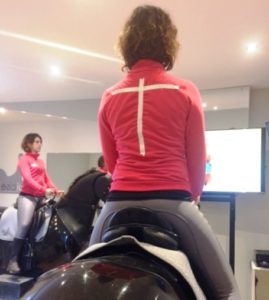 Use 'Instruction Ride' setting. Press reset. Position the spare mirror so you can clearly see how straight you are sitting by looking at your reflection in the mirror behind you. Using marker tape from shoulder to shoulder and down your spine you can see clearly if you are leaning slightly to one side. Move the simulator up and down through the paces and check that your body remains perfectly aligned at all times, you can also look at the reading for the seat sensor and position yourself so that the red circle representing your body weight remains in the centre of the circle at all times.
Use 'Instruction Ride' setting. Press reset. Position the spare mirror so you can clearly see how straight you are sitting by looking at your reflection in the mirror behind you. Using marker tape from shoulder to shoulder and down your spine you can see clearly if you are leaning slightly to one side. Move the simulator up and down through the paces and check that your body remains perfectly aligned at all times, you can also look at the reading for the seat sensor and position yourself so that the red circle representing your body weight remains in the centre of the circle at all times.

